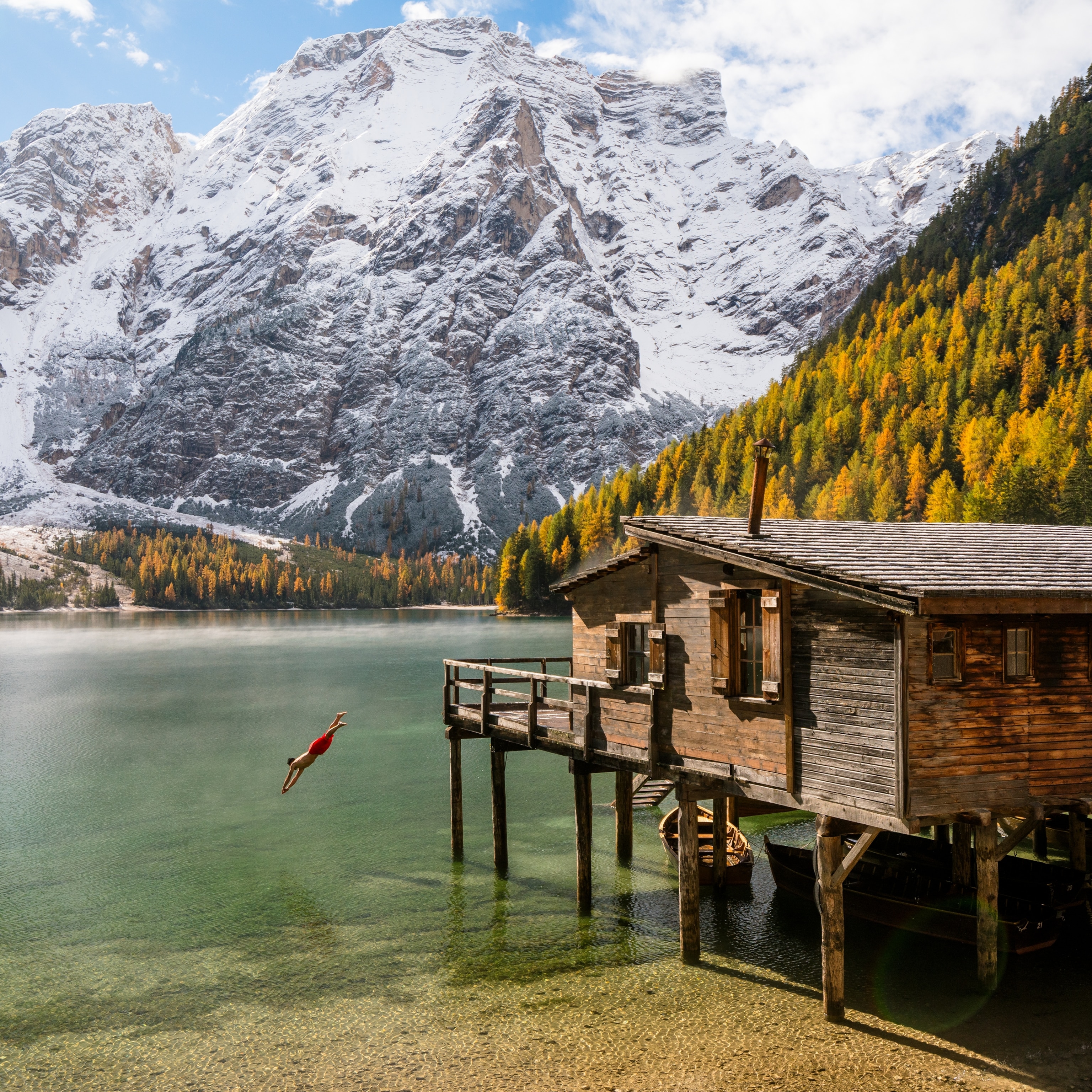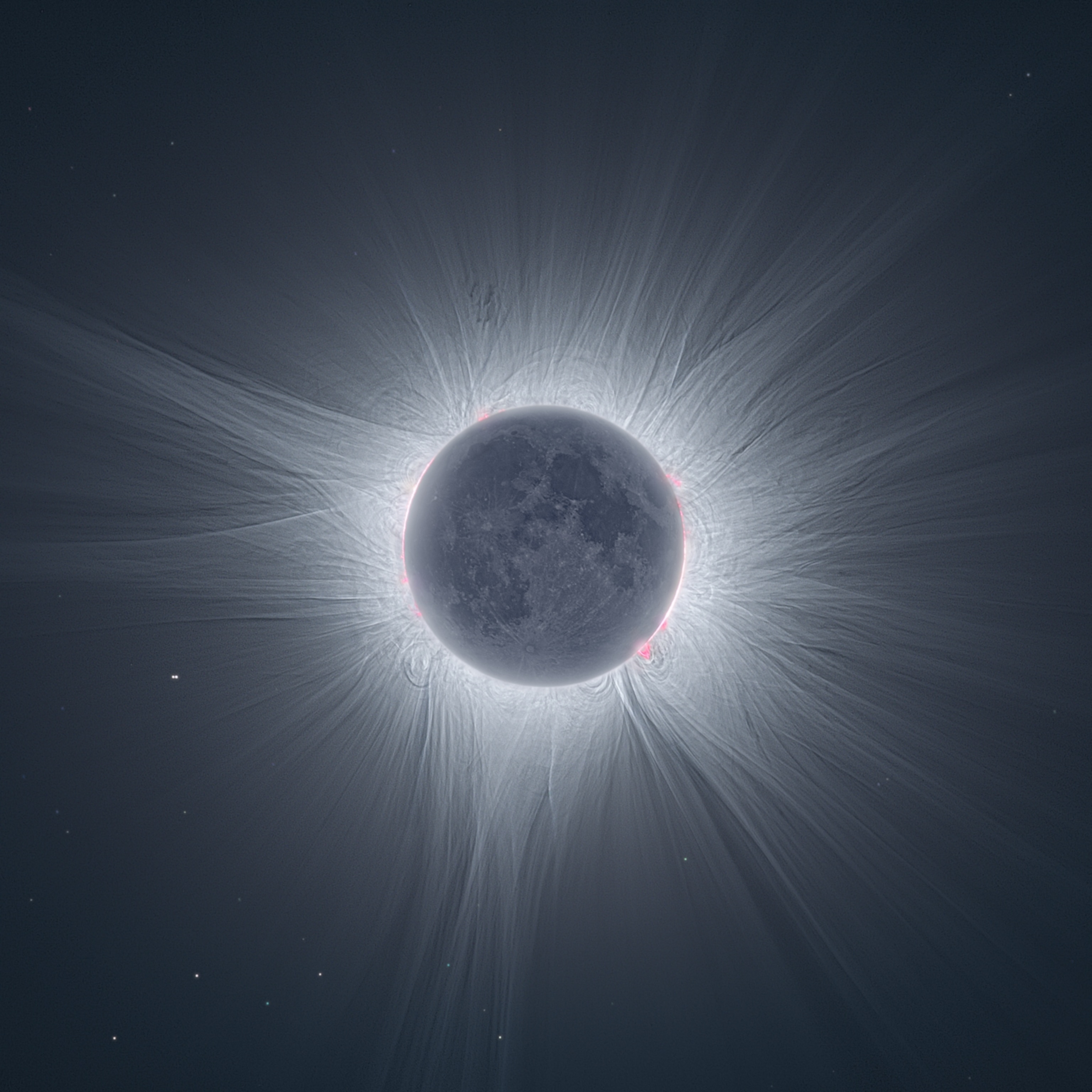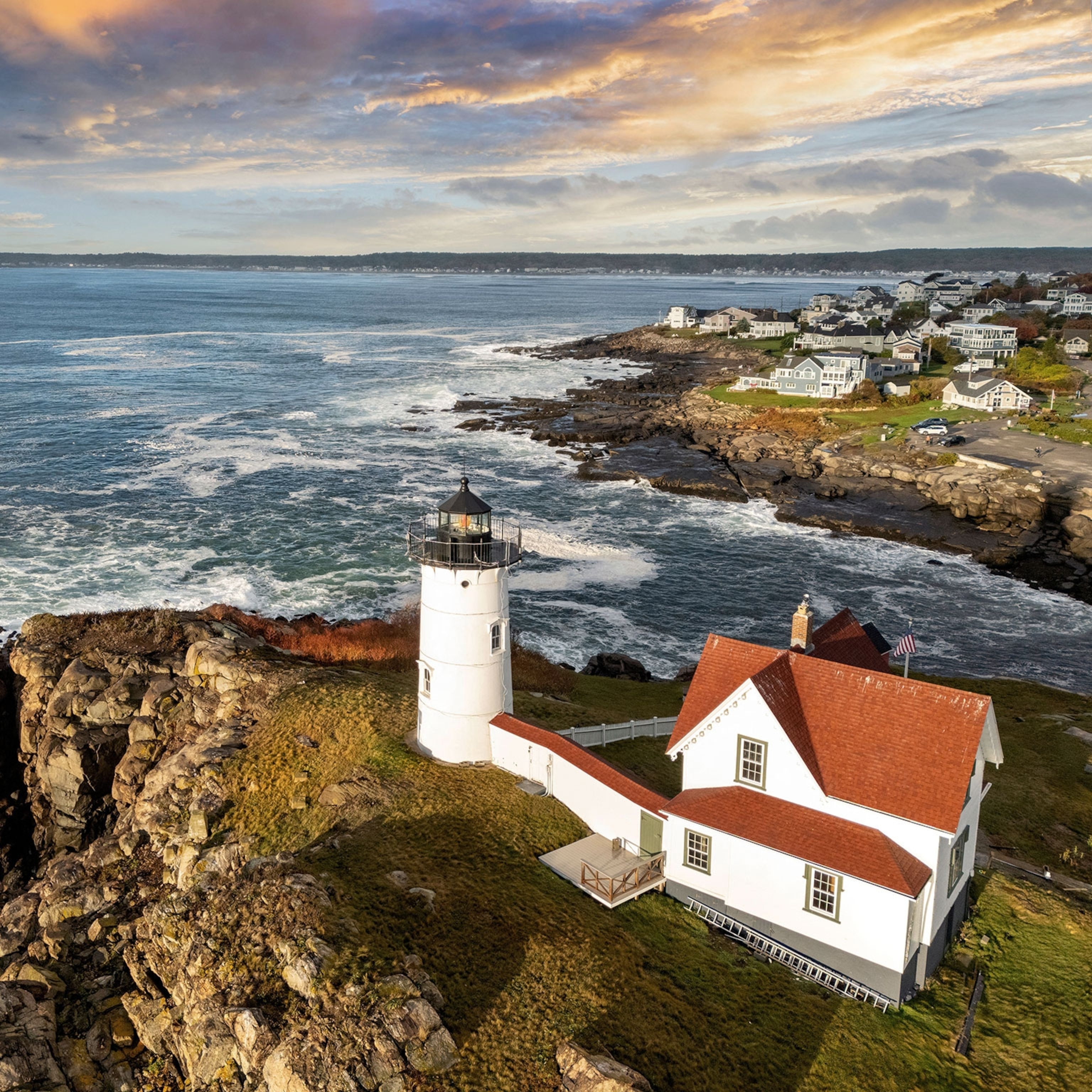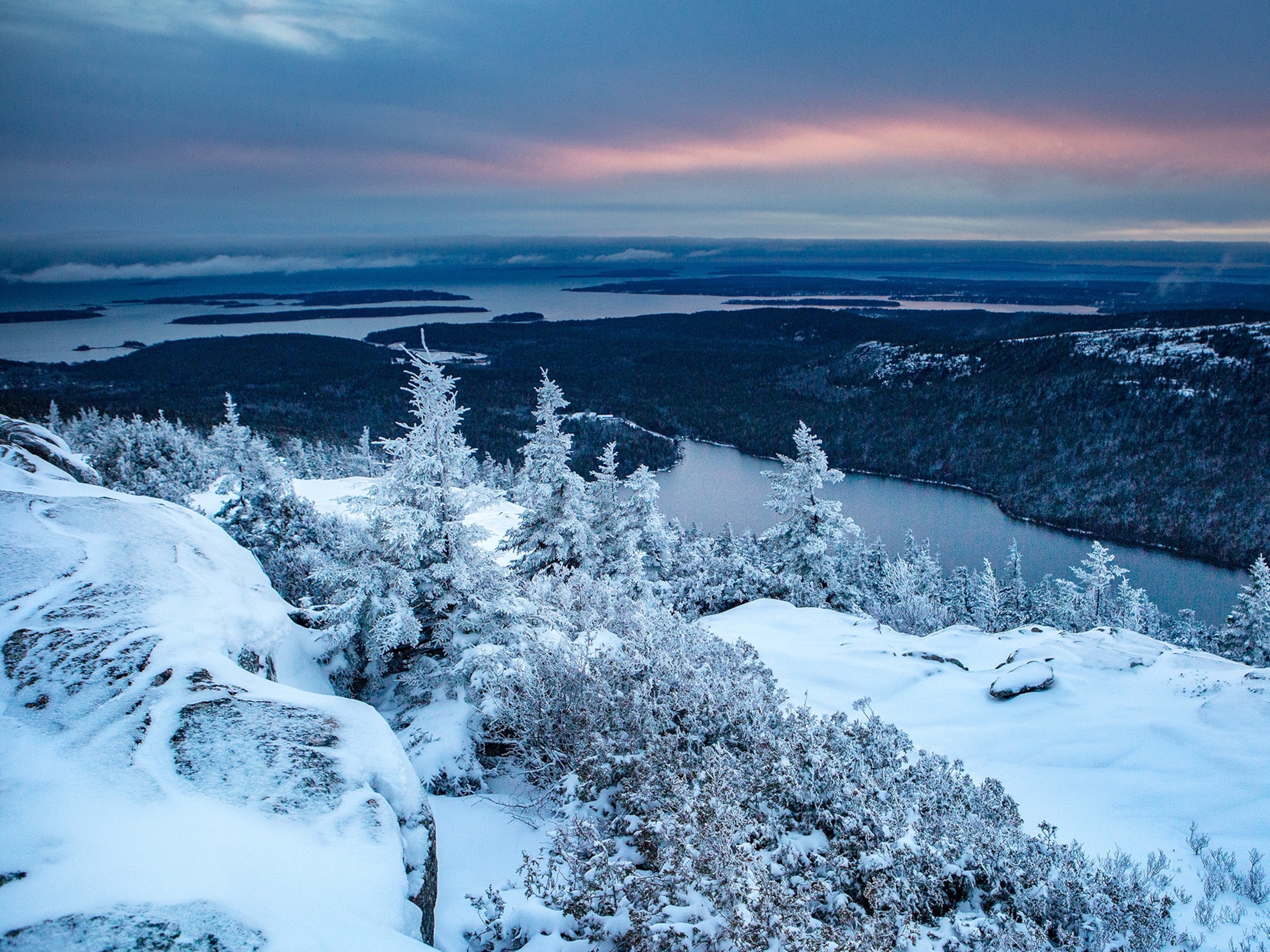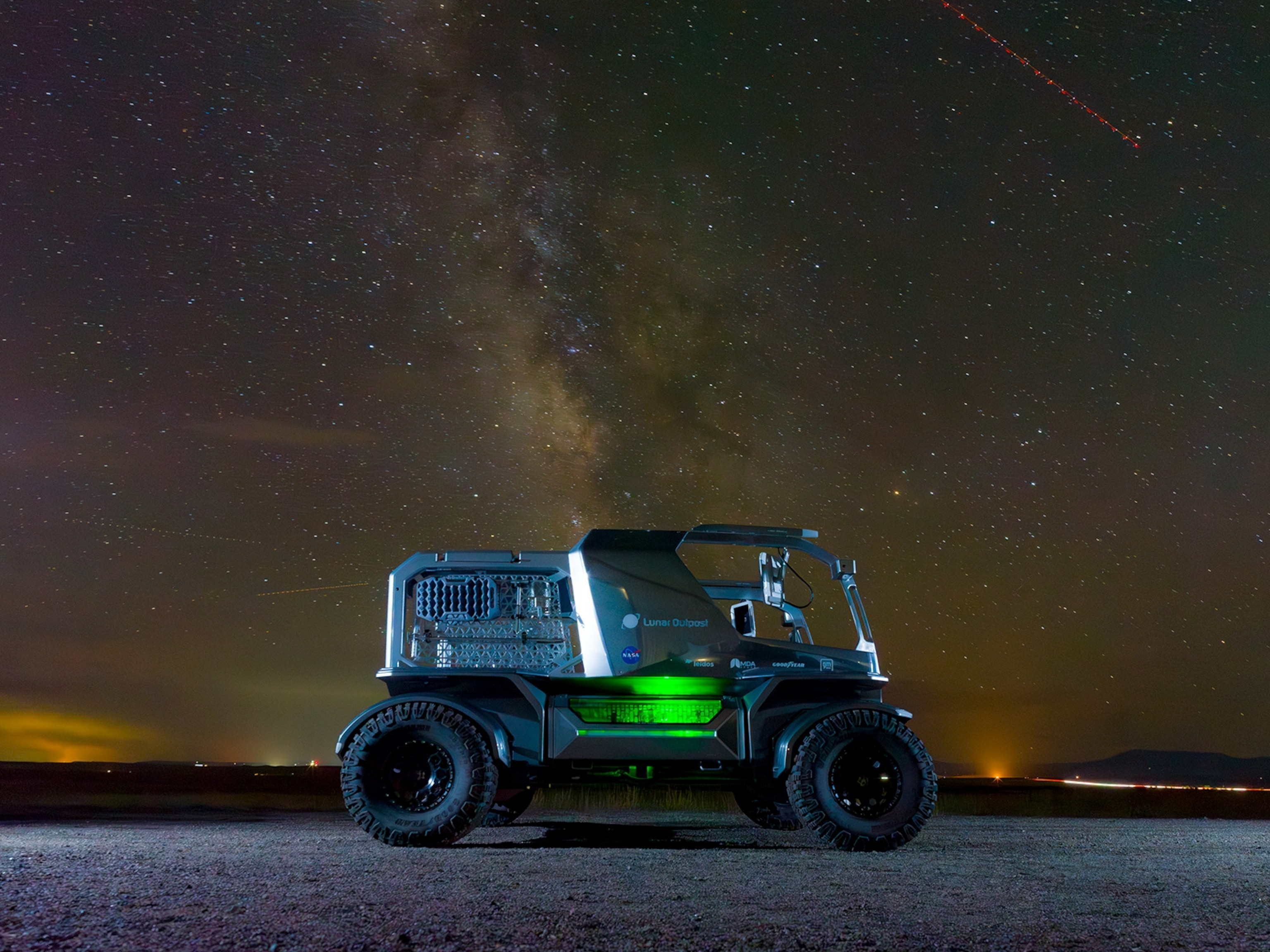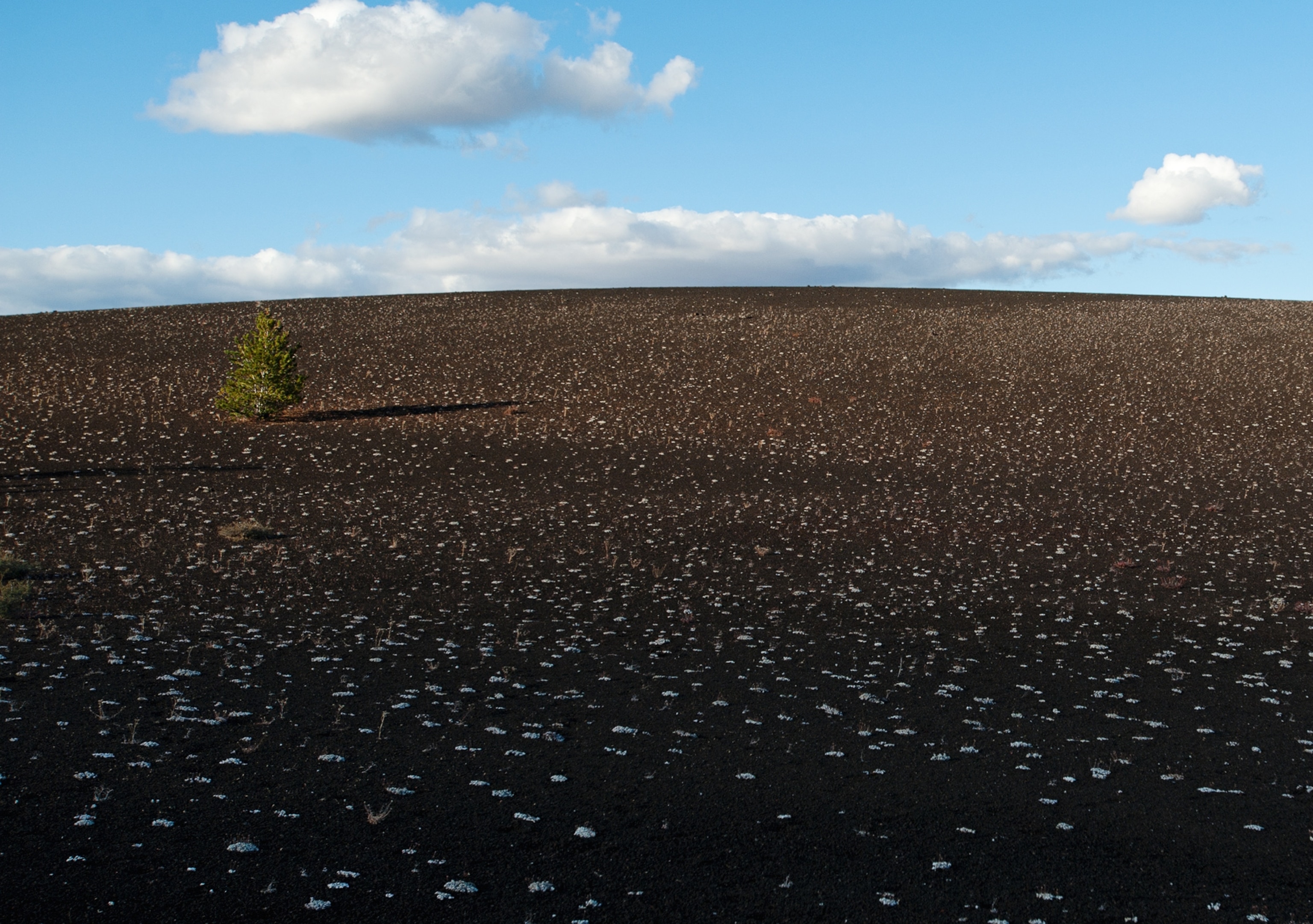
Visit the Moon Without Leaving Idaho
The proposed national park on the moon will have to compete with Idaho's lunar park.
Planning a visit to the newest proposed national park? You can leave your sunscreen at home, but make sure you have oxygen and a gamma-ray spectrometer handy.
On Tuesday, Maryland congresswoman Donna Edwards (D-MD), who sits on the House Subcommittee on Space, proposed a bill that would create a new national park on the surface of the moon. The Apollo Lunar Landing Sites National Historic Park would preserve and protect historical artifacts—including U.S. flags, golf balls, and a memorial to fallen comrades—that were left behind by NASA's Apollo missions.
"As commercial enterprises and foreign nations acquire the ability to land on the moon, it is necessary to protect the Apollo lunar landing sites for posterity," the bill says.
There are some concerns about the proposed bill, in part because the 1967 Outer Space Treaty bans countries from laying claim to "the moon and other celestial bodies." Technically, the Edwards bill adheres to the international treaty because it designates only the artifacts left behind on the moon's surface—and not the moon itself—as a national park. (Related: "National Geographic's Guide to National Parks.")
But the proposed national park on the moon wouldn't actually be the first lunar-themed national preserve. That honor goes to the Craters of the Moon, a national monument and preserve that's located very much on the surface of the Earth, in Arco, Idaho.
You Can Visit the Moon Without Leaving Idaho?
The volcanic wonderland, just three hours from Yellowstone National Park, receives some 200,000 visitors a year, most of whom want to explore the park's caves and see its scenic lava flows. (See: "Cinder Cone, Craters of the Moon" from the 2012 Photo Contest.)
"We have an enormous lava field here which is about a half million acres of lava," said Ted Stout, the chief of interpretation and education at Craters of the Moon. "We have all kinds of amazing volcanic features that people can tour and explore. You can even climb down beneath the surface and explore lava tubes or camp in the volcanoes."
Sounds pretty inviting, but does it beat the moon? We asked Stout to make a case for why future national park visitors should pick camping in Idaho over the Sea of Tranquility.
Let's start by talking a bit about the name. How was the park named?
It is lunar in appearance. In fact, there was a United States Geological Survey scientist named Harold T. Starns who said that Craters of the Moon appeared like the moon as seen through a telescope. It was named before people went to the actual moon. [Writer's note: It was named in 1923.]
So, I want to visit a national park and I'm trying to decide between the proposed park on the moon and Craters of the Moon National Monument and Preserve in Idaho. Why should I pick Idaho over outer space?
Craters of the Moon is kind of like visiting the moon, but better. Instead of going to a cold, dead planet, when you come here you see that our lava flows are bursting with life. We also have a wide variety of plants and wildlife here: We have almost 300 different animal species, not including insects, and almost 800 different types of plants that grow. There are incredible wildflowers in the early spring, and various wildflowers that bloom throughout the summer.
Okay, that sounds pretty great. What about gravity?
Yeah, we have that.
Do you have astronaut ice cream?
We do not, but we do have lava tubes that harbor snow and ice.
Do you have lava ice cream?
No, we don't have that. We do have vending machines at the visitors center. I think there's ice cream ... I can go check.
You don't need to do that. Changing the subject a bit: You mentioned that you can camp inside the volcanoes?
One of the great campsites here is in a place called Echo Crater. It's a huge amphitheater-type setting down in the bottom of the crater, where there are some trees and rocks and stuff. You're protected from the wind.
Isn't that dangerous?
The last eruption occurred about 2,000 years ago.
Okay, but when's the next one?
We've had events over the last 15,000 years. There's one roughly every 2,000 years or so with some long periods of repose. Some might say we're overdue. It'll happen when it happens. It'll likely be very similar to ongoing volcanic activity in Hawaii.
Will you be able to evacuate everyone?
We'll probably have hordes of people heading this way to watch the show.
I'd come out for that. Do you ever play off your name at all to get more people to come?
We do, actually. We have annual star parties. It's really, really dark. Twice a year, the Idaho Falls Astronomical Society comes out and they set up a bunch of telescopes. It's a way to view a bunch of stars from the moon. [Writer's note: In Idaho.]
Do you have any relationship with NASA?
Yes, actually we do. We did have some visitors who did go to the moon. In 1969, the astronauts Edgar Mitchell, Alan Shepard, Eugene Cernan, and Joe Engle visited Craters of the Moon before going up to the moon on the Apollo 14 mission to learn the basics of volcanic geology.
These guys were test pilots and engineers and such, so they didn't know much about geology, so they came here to learn the basics of geology. We've had this long association with NASA ever since. We also have ongoing space science research.
What kinds of space science research take place in Idaho?
Recently, astrobiologists were looking at some cave minerals that we have here. There's creamy-white cave minerals that precipitate out of the rock here, and our rock has a mineral content that's closer to Mars than the moon.
They were really interested in seeing whether there's a microbial trigger that causes these minerals to precipitate out of our rock because they've found similar minerals on Mars. Basically, it's a way of figuring out whether microbes are involved in the process of precipitation. And then if so, perhaps there are some microbes on Mars.
They've also done some remote sensing stuff here, looking at our lava tubes and trying to utilize some of those same tools on Mars. Those lava tubes might be a possible refuge for life on Mars—they're very interested in looking at those features.
But the volcanic rock at Craters of the Moon isn't as old as Martian rock or lunar rock, right?
That's correct. Despite the name Craters of the Moon, all of our craters are actually volcanic craters. And most of the craters on the lunar surface were created by meteorite impact. But it is the same kind of rock, though our rock is much, much younger. The rocks on the lunar surface are billions of years old. Some of our volcanic rock here is 2,000 years old.
One last question. If I visited Craters of the Moon, could I become a junior ranger?
Most definitely. Our junior ranger program is unique in the universe because we have the only lunar ranger program in the universe as far as we know. Kids can earn a patch.
If you're, let's say ... 28, can you still get the patch?
You can be 101 if you want. We do not discriminate by age. We have this really cool patch, and when you earn your lunar ranger patch, you can choose to wear either a junior ranger hat or an astronaut helmet. We try to encourage kids to learn more about their backyards and reach for the stars.
From Idaho?
From Idaho.
Follow Melody Kramer on Twitter.

